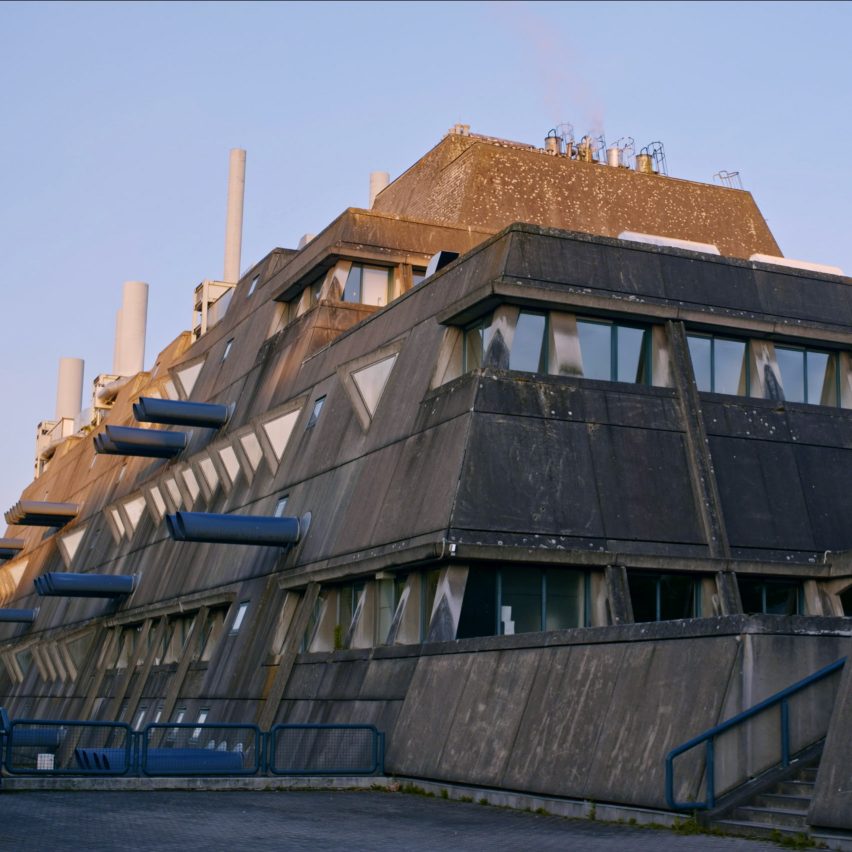
American filmmaker Nathan Eddy has documented the efforts to preserve a brutalist laboratory in Berlin that is threatened with demolition in a short movie.
Named Battleship Berlin, the 40-minute film is currently available to watch on König Galerie's website. It documents both the efforts to save the concrete Mäusebunker building and the opposition to conserving the structure.
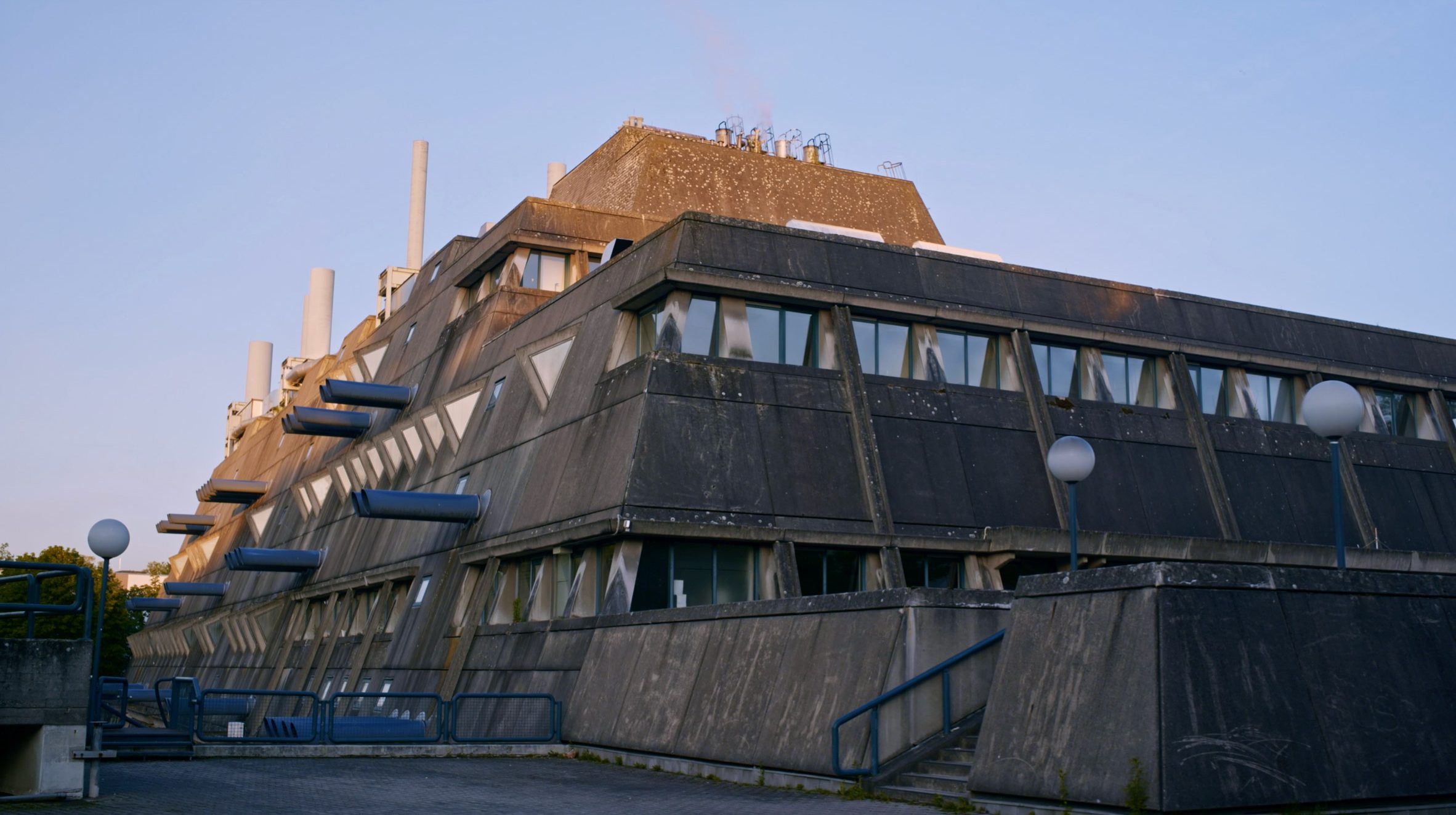
Mäusebunker, which translates as Mouse Bunker, was designed by German architects Gerd and Magdalena Hänska for the purpose of animal research. It was built between 1971 and 1981.
After becoming vacant in 2010, the building is now threatened with demolition. However, campaigns to save the building have put plans to demolish the building on hold.

The Institute for Hygiene and Environmental Medicine, a building adjacent to Mäusebunker that features in the film, was listed for protection in January after also being under threat.
Berlin-based Eddy said that the conflicting opinions over the future of Mäusebunker became an "inevitable" subject for a film.
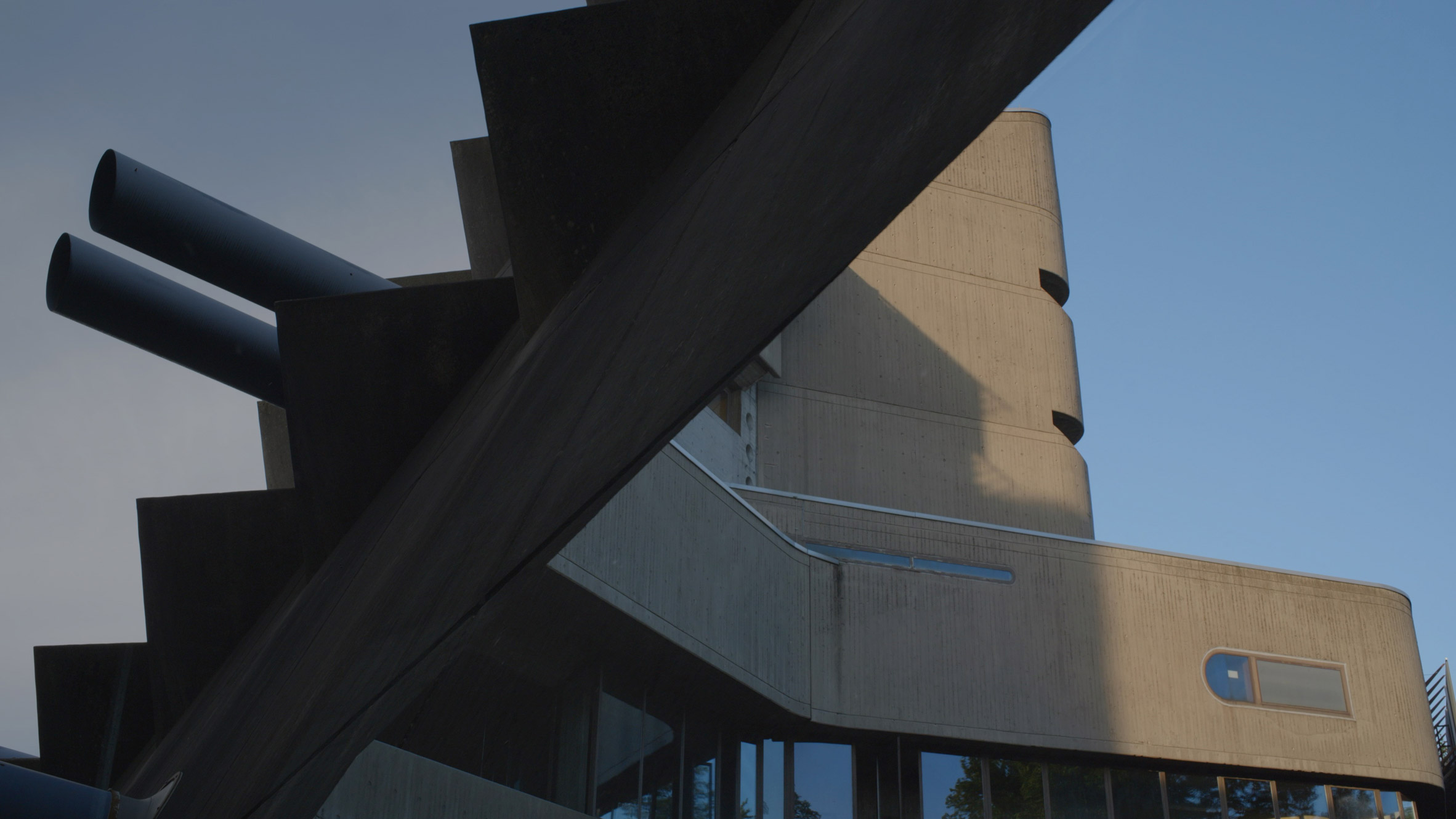
These contrasting opinions are aired throughout the Battleship Berlin film, as it jumps between various interviewees who are either for or against preserving the building.
"In the case of the Mäusebunker and Battleship Berlin, it was inevitable that I was going to make a film about it as soon as it exploded into view in front of me," he told Dezeen.
"The conflict between the two opposing mindsets – preservation or demolition – is always the key storytelling element."
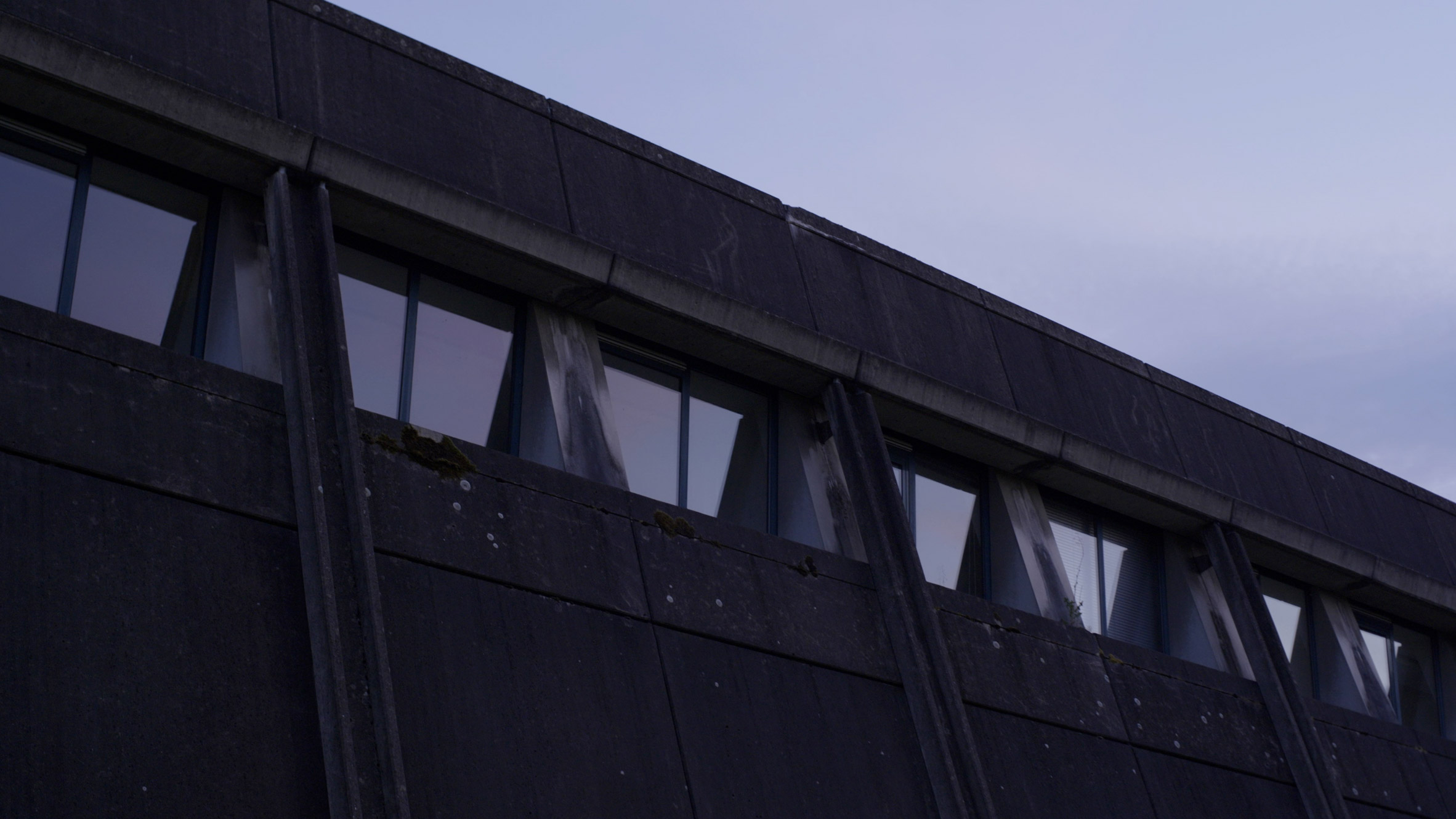
Among those keen for demolition is Axel Radlack Pries, the dean of the Charité hospital that owns the building.
Pries, who described the laboratory as "a huge concrete monster – a nightmare transformed into matter", believes that the site is an opportunity for a new building that will help Berlin "regain its competitive edge".
However, the founder of König Galerie, Johann König, disagreed. He said it is possible to both "make use of what's there and also create something new".
As one of the people fighting to save the structure, König offered the example of the König Galerie – a gallery and cultural hub that he created within an old brutalist church in Berlin.
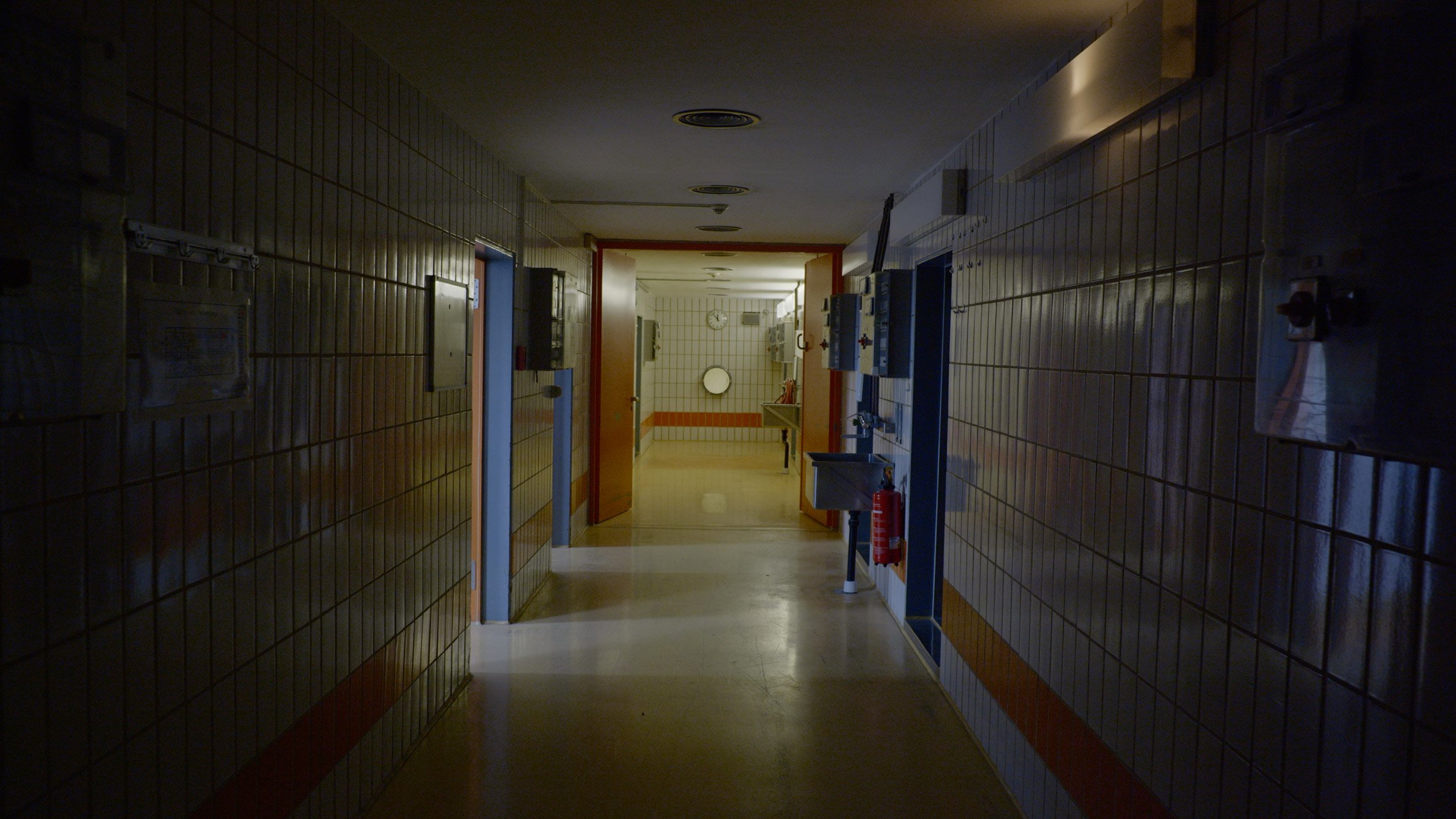
Throughout Battleship Berlin, Eddy captures the building from all angles, spotlighting its distinctive pyramidal form, projecting blue pipework and large triangular windows.
However, the lesser-known details of the building, such as its heavily tiled interiors and the proximity to the Institute for Hygiene and Environmental Medicine, are also shown.
While shedding light on history and threats that face the building, he hopes the film can help "spotlight the cultural value of brutalist architecture" around the world.
A similar ambition led him to direct The Absent Column, a film about the Prentice Women's Hospital by Betrand Goldberg in Chicago.
"My goal in making these films is to help people see the buildings in a new light, to help people develop an aesthetic and historic appreciation for this style of architecture, to explain the why and the how, to place brutalism in the proper context," he explained.
"These are not easy buildings to love, they are downright loathed by many, but they are important and they are unique. But they are, admittedly, difficult to repurpose," he continued.
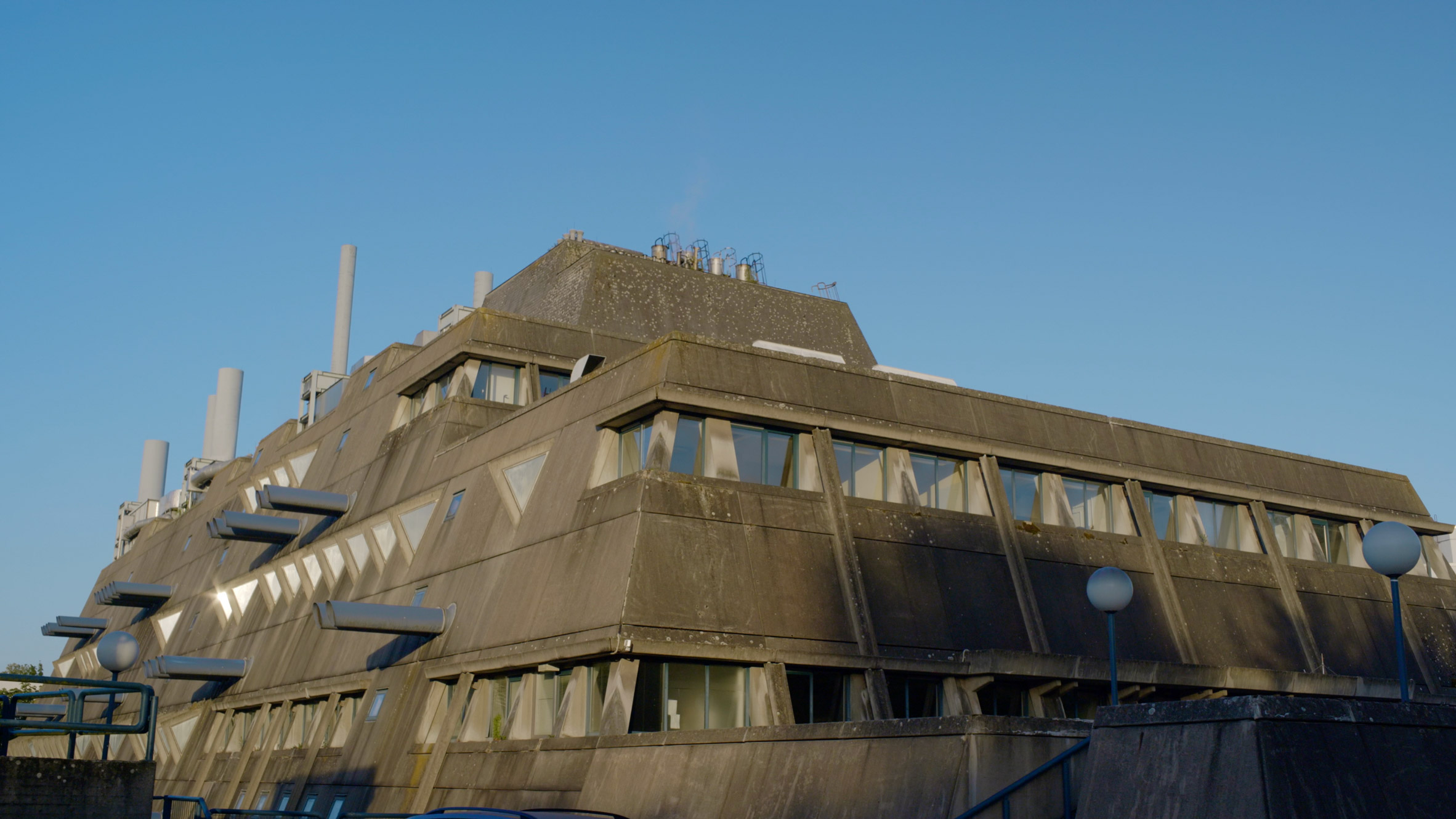
Brutalist architecture is typically characterised by bold monolithic forms cast from exposed concrete. It is considered one of the 20th century's most controversial architectural styles.
The style soared in popularity in the 1950s during the post-war rebuilding of the UK, reaching its peak internationally in the mid-1970s.
"Even for those who consider themselves fans of architecture, brutalism is still a tough sell," Eddy said.
"Therein lies the challenge, but I like an uphill battle, and a chance to change minds."
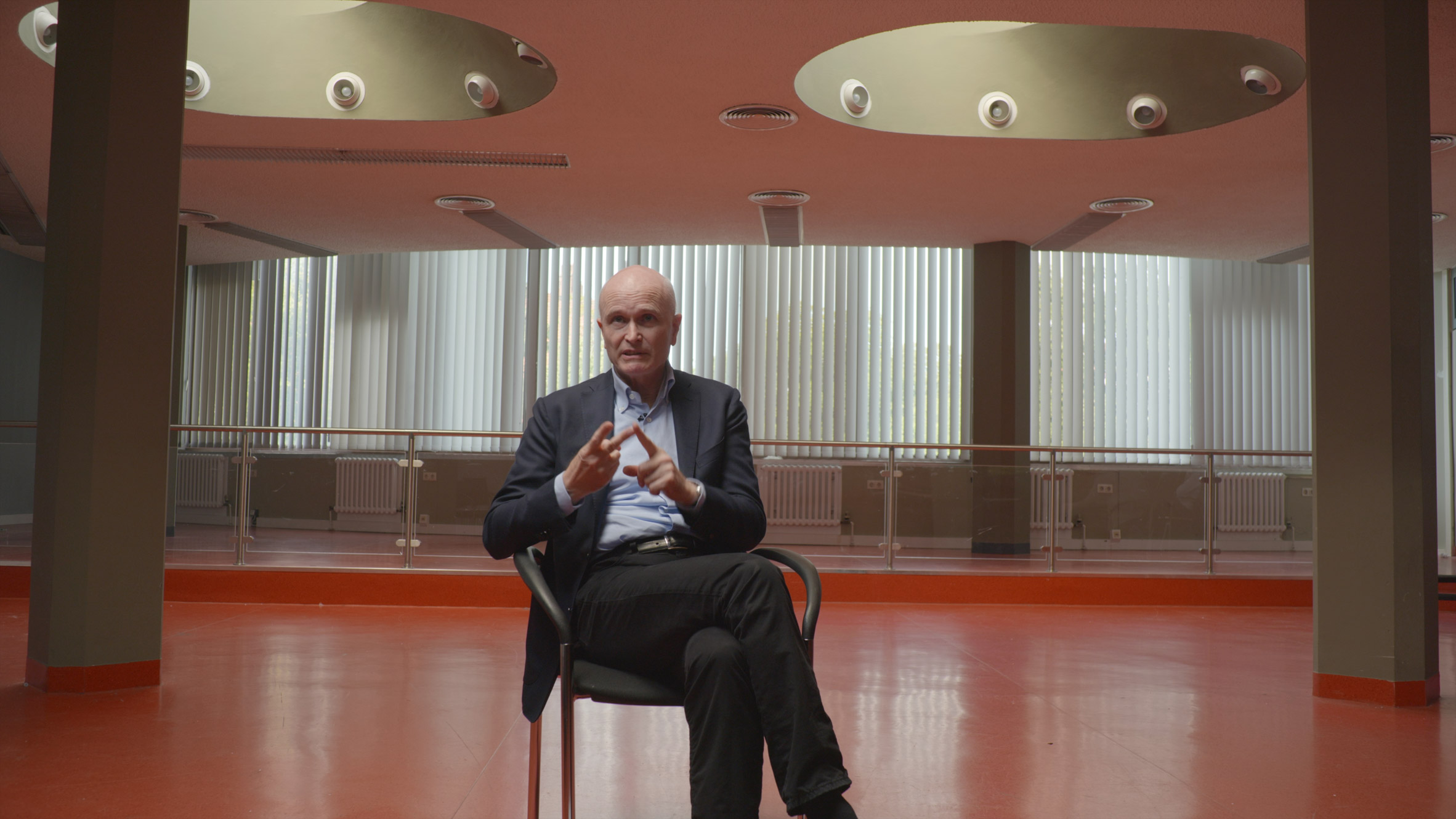
He added that while preserving architectural heritage, protecting brutalist buildings from demolition also needs to stop for environmental reasons.
"This relentless cycle of demolition and new construction, which extremely resource-intensive, needs to stop," he explained.
"Preservation can be pitched as contributing to sustainability and helping reduce resource and material consumption," he added. "I don't think that's emphasised enough."
His thoughts are echoed in the film by Christoph Rauhut, head of conservation at the Berlin Heritage Protection Authority.
Preserving the Mäusebunker is "also about protecting the environment", he said, as it prevents "additional energy being used to construct new buildings".
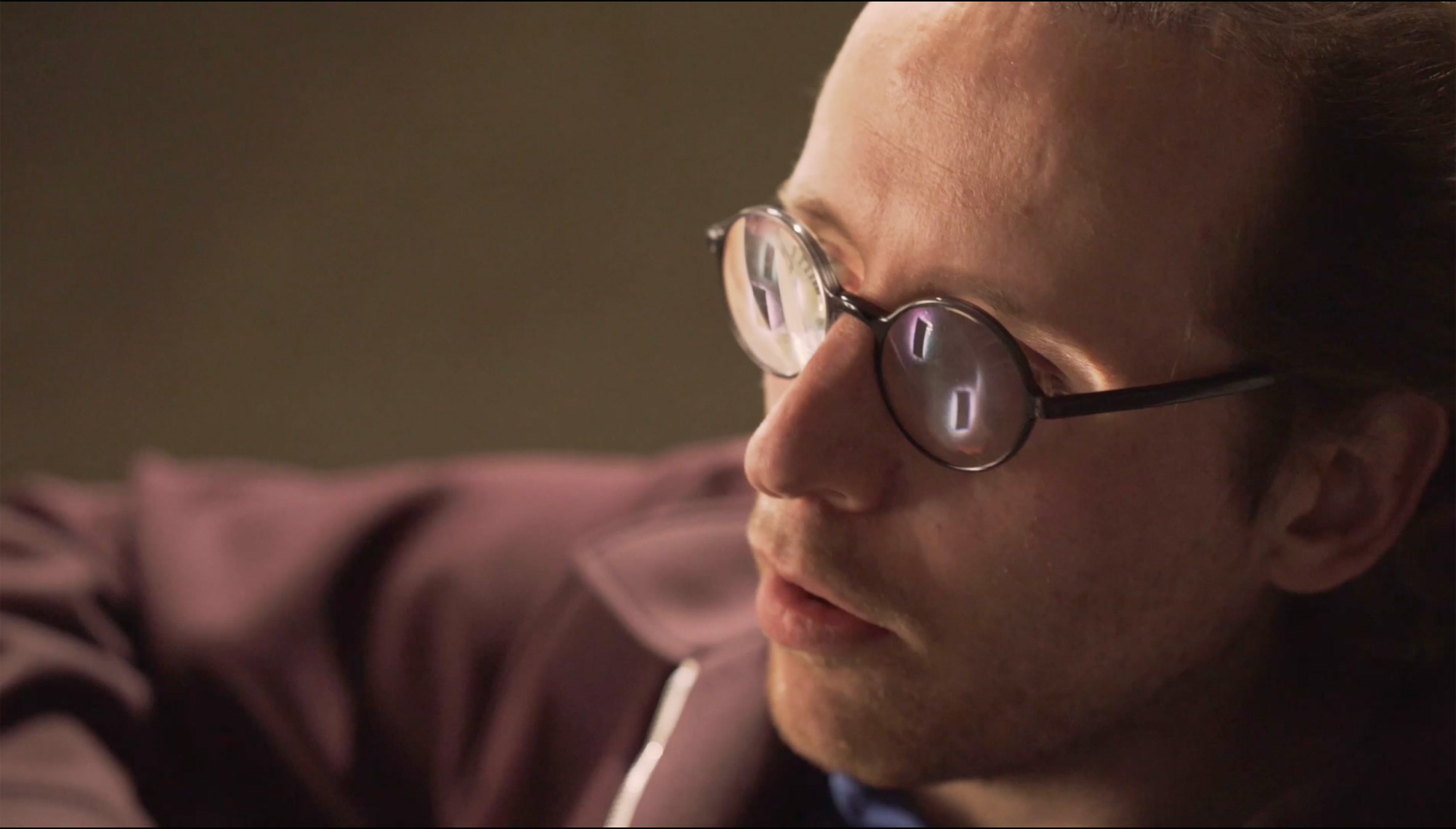
Battleship Berlin is available to stream on König Galerie until 31 October. Throughout November and December, it will be made available to watch as part of the Architecture & Design Film Festival.
In 2017, Eddy also directed a film called Starship Chicago that protests the demolition of Helmut Jahn's Thompson Center in Chicago, which is considered one of the city's best examples of the postmodern architecture style.
Tim Verlaan, an assistant professor at the Amsterdam Centre for Urban History, recently told Dezeen that brutalist buildings are currently threatened by right-wing politicians as part of an "attack on the welfare state".
"Today, criticism on brutalism and modernism is mostly voiced by those on the far-right side of the political spectrum, precisely because of the association between modernism and the post-war welfare state," he explained.
However, Catherine Croft, director of the Twentieth Century Society, believes that brutalist buildings are typically demolished "because developers think they can put something bigger and more lucrative on the site".
The post Nathan Eddy documents under-threat brutalist Mäusebunker building in Battleship Berlin film appeared first on Dezeen.
from Dezeen https://ift.tt/3BpMiMK
No comments:
Post a Comment